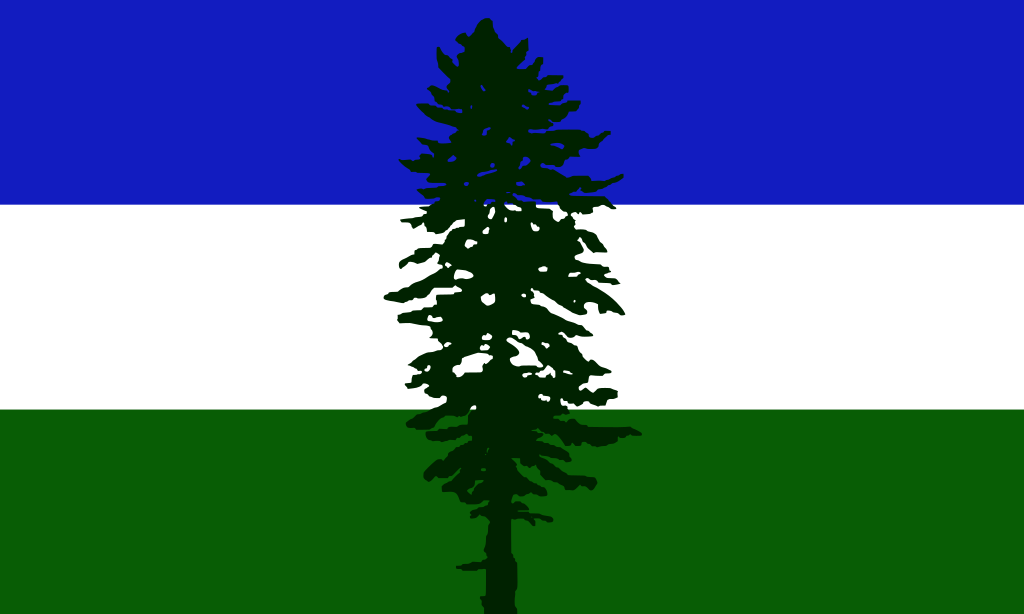The image is from a Washington Post article which took the data from an interesting research paper titled Who Pays For Your Rewards? Redistribution in the Credit Card Market.
The research paper is a good read. (A free PDF of the whole paper is available at the link.) It examines how the use of rewards credit cards results in a massive wealth transfer from low-credit-score customers to high-credit-score customers:
We estimate an aggregate annual redistribution of $15 billion from less to more educated, poorer to richer, and high to low minority areas, widening existing disparities.
The Washington Post article attempts to frame the clear north-south split as a result of healthcare issues in the south. That explanation seems too narrow to me. This map looks too similar to maps of poverty and education, and we know health correlates strongly with both of those issues.
Edit to fix a sentence fragment. Sorry; it was late and I was tired.

There are colour scales that combine colours and intensities consistently, so that if you discard (or can’t percieve) colour information, you still get a nice black to white scale. For a moment, I though the map used cviridis scale, which has this property and is designed to look as similar as possible to people with various variants of colour blindness. But then I realised that the scale used here has the brightest point in the middle, not on one side.
It doesn’t work well for someone with achromatopsia.
Cviridis or whatever they used here? Cviridis (and other scales constructed with the same philosophy) does.